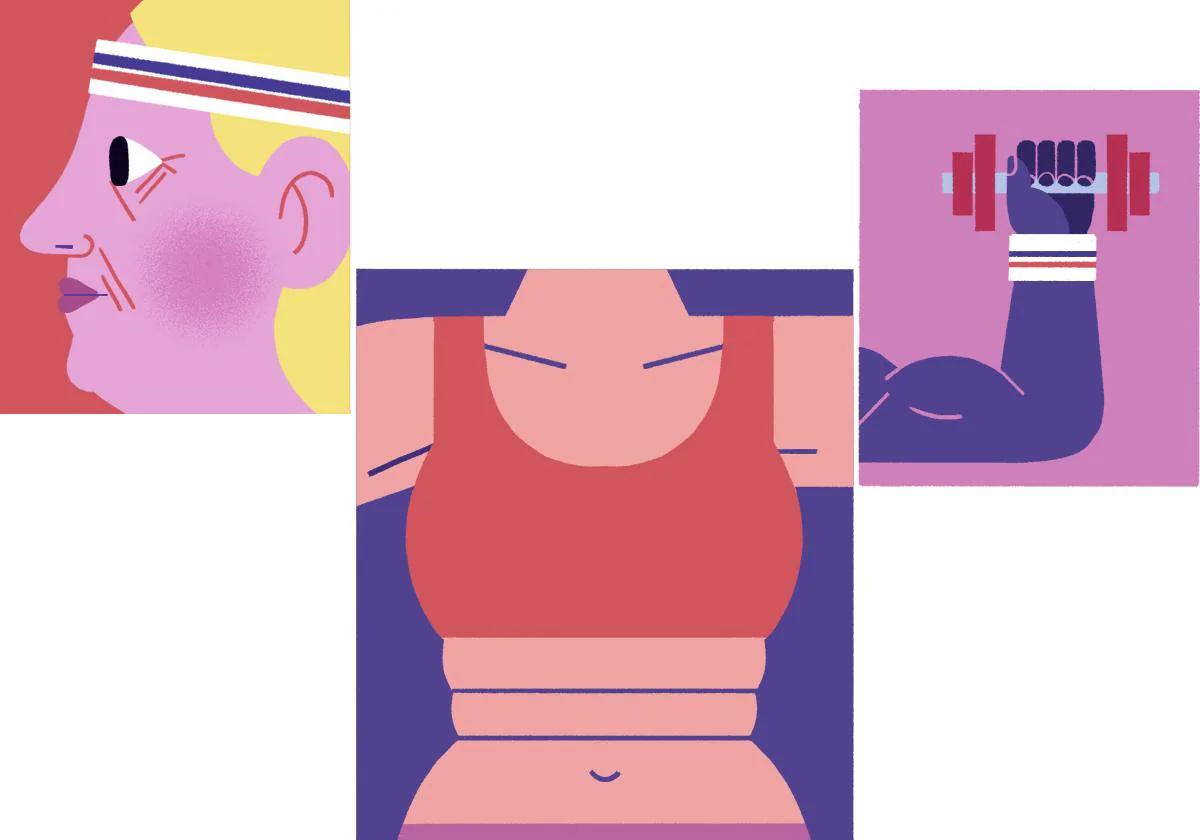Women and sport: key tips to avoid injury
Body strength, hormones and age are the main factors to take into account
Solange Vázquez
Friday, 22 September 2023, 15:23
To exercise, as with many other things in life, it is important to know our own body and to listen to it (and boy, how many messages it sends us!) for one very simple reason: we will perform better and, above all, we will avoid injury.
That is why it is important that, when we do physical activity, we keep in mind that there are anatomical and hormonal differences between men and women.
"Competitive activity has increased significantly for women and many comparative studies are currently being done between genders," said Judith Sánchez Raya, doctor at the Spanish society of rehabilitation and physical medicine, SERMEF.
She went on to explain that women "are more flexible, we recover faster than men, but we also tire sooner... And this factor leaves us predisposed to certain injuries".
So what aspects should women look after more to avoid suffering injury at different stages of life?
Young girls
The important thing is that they develop "strong muscles and tendons", explained Raúl Ortega, an expert in sports training and performance at the Open University of Catalonia (UOC).
It is an investment in the future, he suggested, citing women football players as an example: "Many who have reached a professional level lack a good foundation in body strength to make them injury-resistant."
For instance, there are studies that point to a higher incidence of ruptures in the anterior cruciate ligament (ACL) for female players than for male players.
This is due to the greater width of the female hip and the differing position of the femur.
Would better physical preparation in childhood have prevented it?
"Perhaps it would have significantly changed the results," said the UOC expert.
His university colleague, Cristina Rotllan, an expert in women's physiology from the master's degree in Nutrition in Physical Activity and Sports, said, "Boys and girls who have practised different sports have better coordination and resistance than those who have stuck with the same sport."
Teenagers
"This work can be stepped up so we develop strong girls with highly injury-resistant, healthy and metabolically very active body tissue, which will later allow them to withstand higher intensity in training."
In addition, it is very important that they are in tune with all phases of the menstrual cycle. "As to the ligaments, it seems that they could be more predisposed to injury in the days closest to ovulation: there are studies showing us that a high level of oestrogen generates more laxity [slackness] around the knee, which can be the cause of twists or sprains", added the UOC experts.
Child-bearing age
To minimise injury, adult women must give priority to aerobic and strength exercises. Furthermore, they should take care of their diet.
To this end Ortega recommends that women "focus on protein consumption: we need to rebuild and regenerate muscle tissue, and that means eating 1.4 to 2 grammes of protein per kilo of body weight per day. Even more (between 2.3 and 3.1g) in times of stress or reduced calorie intake".
At this point, he issues a warning: to enable our body's tissues to recover and to alleviate the risk of injury, we need calories.
"All athletes are under pressure to eat less, but for women there is the added pressure of aesthetics. I recommend they lose their fear of carbohydrates and eat."
Post-menopause
At this stage of life oestrogen and progesterone are pretty much gone, leading to the risk of osteoporosis.
"So strength work becomes important, pulling at the bone, stretching it a little so that it stays hard and keeps its shape," recommended Ortega.
More hydration, more proteins and exercise in small doses will help us have a body that won't pack up so easily.
Weak spots and most common injuries
"In sports women tend to be more prone to tendon and ligament injuries, especially in the legs. In contrast, men suffer more fractures and muscle injuries due to direct trauma," said rehab doctor Judith Sánchez Raya. Women tear the cruciate ligaments of the knee more when there's no actual contact, while men usually need a direct collision. "Then, in order of frequency, there are ankle injuries, sprains, and torn muscles in the quads, hamstrings, and calves," she added. Her advice is that strengthening the core and taking care of the knees are the best antidote to avoid injury as women get older.
